Smokeless fire pits have become increasingly popular in recent years and for good reason. They provide all the warmth and ambiance of a traditional wood-burning fire pit without the smoke and odor that often come with it. But how exactly do these innovative fire pits work?
Most smokeless fire pits are made from high-quality stainless steel, which is not only durable and long-lasting but also highly efficient at conducting and retaining heat. This means that you can enjoy a warm and cozy fire even on chilly nights, whether you’re using your fire pit outdoors in your backyard or indoors in your living room.
And because smokeless fire pits produce so little smoke and ash, they are much easier to clean and maintain than traditional wood-burning fire pits.
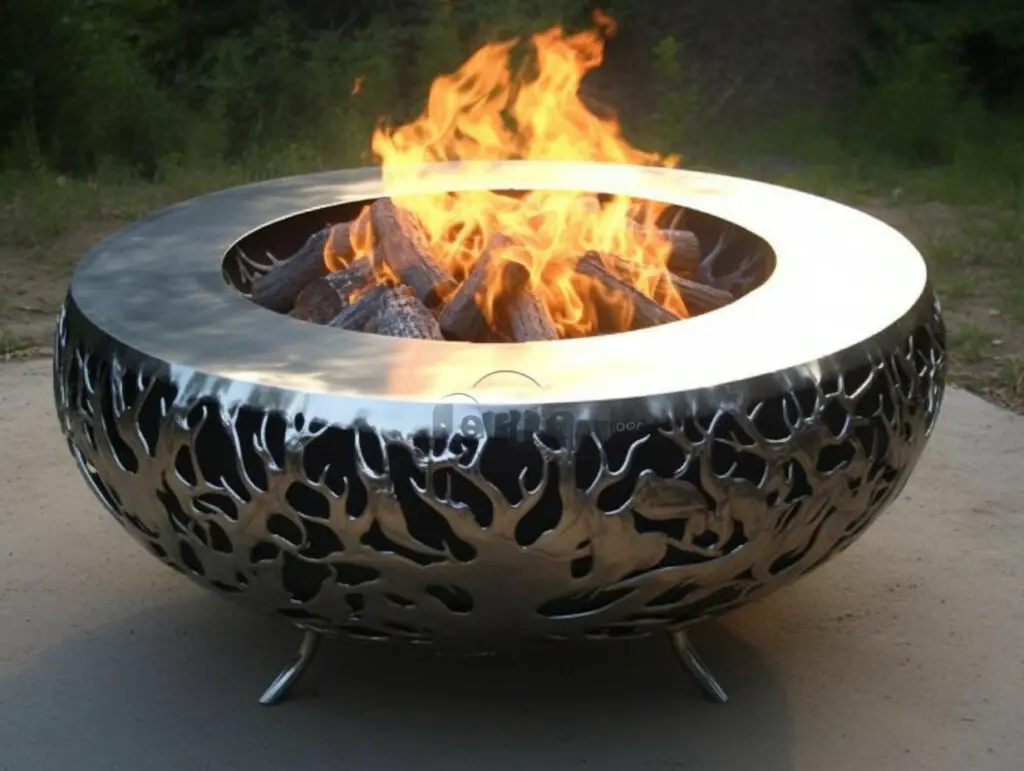
How do Smokeless Fire Pits Work?
Smokeless fire pits are a popular choice for outdoor enthusiasts who want to enjoy the warmth and ambiance of a wood-burning fire pit without the smoke and ash.
These fire pits work by utilizing an efficient airflow system and a clean-burning fuel source to produce a virtually smokeless fire.
In this section, we will explore the two key components of a smokeless fire pit: airflow and fuel source.
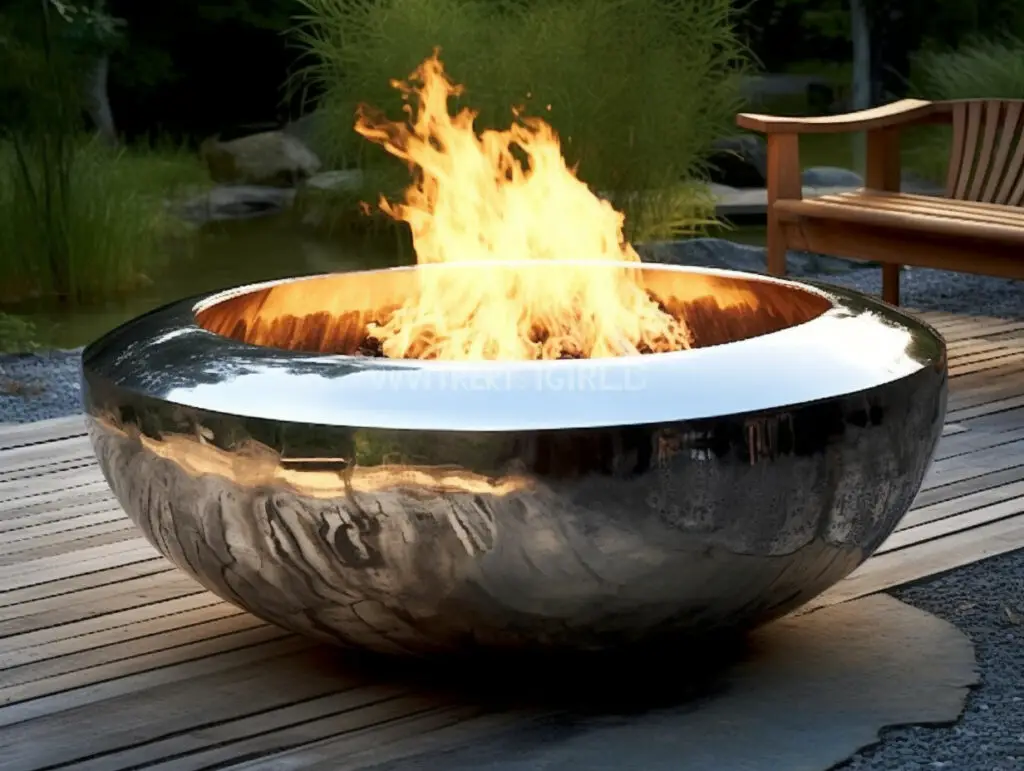
Airflow
The airflow system is what sets a smokeless fire pit apart from a traditional wood-burning fire pit. A smokeless fire pit typically has a double-walled design with an outer and inner wall.
The outer wall has small holes near the bottom, while the inner wall has larger holes near the top. When the fire is lit, air is drawn in through the holes in the outer wall and heated up as it contacts the inner wall.
This preheated air is then forced out through the holes in the inner wall, creating a secondary combustion process that burns off any remaining smoke and particulate matter.
The efficient airflow system in a smokeless fire pit ensures that the fire burns hot and clean, so you get maximum heat output from your fuel source without the smoke and ash.
Fuel Source
Another key component of a smokeless fire pit is the fuel source. Smokeless fire pits are designed to burn clean-burning fuels like natural gas, propane, or hardwood pellets. These fuels burn more efficiently and produce less smoke and ash than traditional firewood.
If you prefer the traditional ambiance of a wood-burning fire pit, you can still use a smokeless fire pit with wood. However, it’s important to use only dry, seasoned hardwood that has been properly cured. Wet or green wood will produce more smoke and particulate matter, which can clog up the airflow system in your smokeless fire pit and reduce its efficiency.
Many smokeless fire pits are made from stainless steel, which is durable and resistant to rust and corrosion. Stainless steel is also a good conductor of heat, which means your fire pit will heat up quickly and efficiently.
In summary, smokeless fire pits work by utilizing an efficient airflow system and a clean-burning fuel source to produce a virtually smokeless fire. The double-walled design and preheated air ensure that the fire burns hot and clean, while the use of clean-burning fuels reduces smoke and ash. Whether you prefer natural gas, propane, or wood, a smokeless fire pit is a great choice for outdoor heating and ambiance.
Airflow
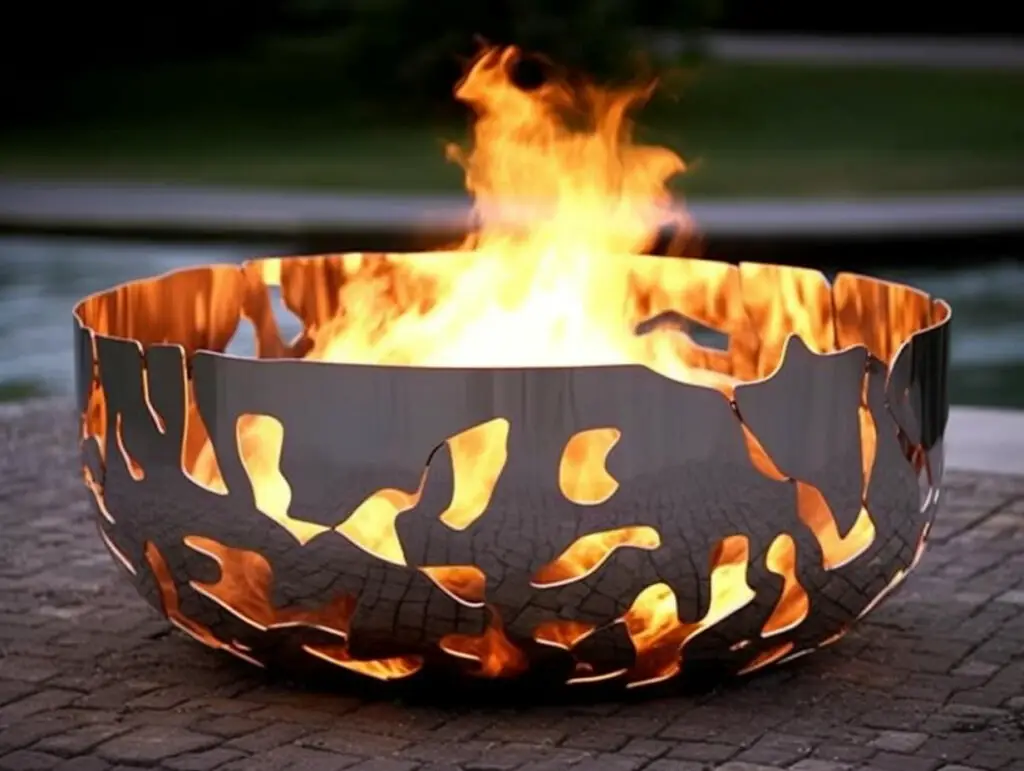
One of the key features of a smokeless fire pit is its unique airflow system. This system is designed to reduce smoke and odors while increasing the efficiency of the fire pit. In this section, we’ll take a closer look at how the airflow system works and the different components that make it possible.
Combustion Chamber
The combustion chamber is the heart of the smokeless fire pit. This is where the wood is burned, and where the magic happens. The combustion chamber is designed to maximize the amount of heat produced by the fire, while minimizing the amount of smoke and other byproducts.
One of the ways that the combustion chamber achieves this is by using a series of strategically placed air vents. These vents allow air to flow into the fire pit, which helps to feed the flames and keep the fire burning hot. By introducing air into the combustion chamber in a controlled way, the fire pit is able to burn more efficiently, which means that less heat is wasted and more of it is used to warm the surrounding area.
Secondary Burn
Another important component of the airflow system is the secondary burn. This is a process where the smoke and other byproducts produced by the fire are burned off a second time, resulting in a cleaner, more efficient burn.
The secondary burn is achieved through a combination of factors, including the design of the combustion chamber, the placement of the air vents, and the use of a damper.
The damper is a small opening located near the top of the fire pit that can be adjusted to control the flow of air into the combustion chamber. By adjusting the damper, you can fine-tune the secondary burn process and ensure that your fire pit is burning as efficiently as possible.
Overall, the airflow system is a critical component of a smokeless fire pit. By maximizing heat production and minimizing smoke and other byproducts, the airflow system helps to create a more efficient and enjoyable fire pit experience. And with its durable stainless steel construction, a smokeless fire pit is built to last and provide years of reliable service.
Fuel Source
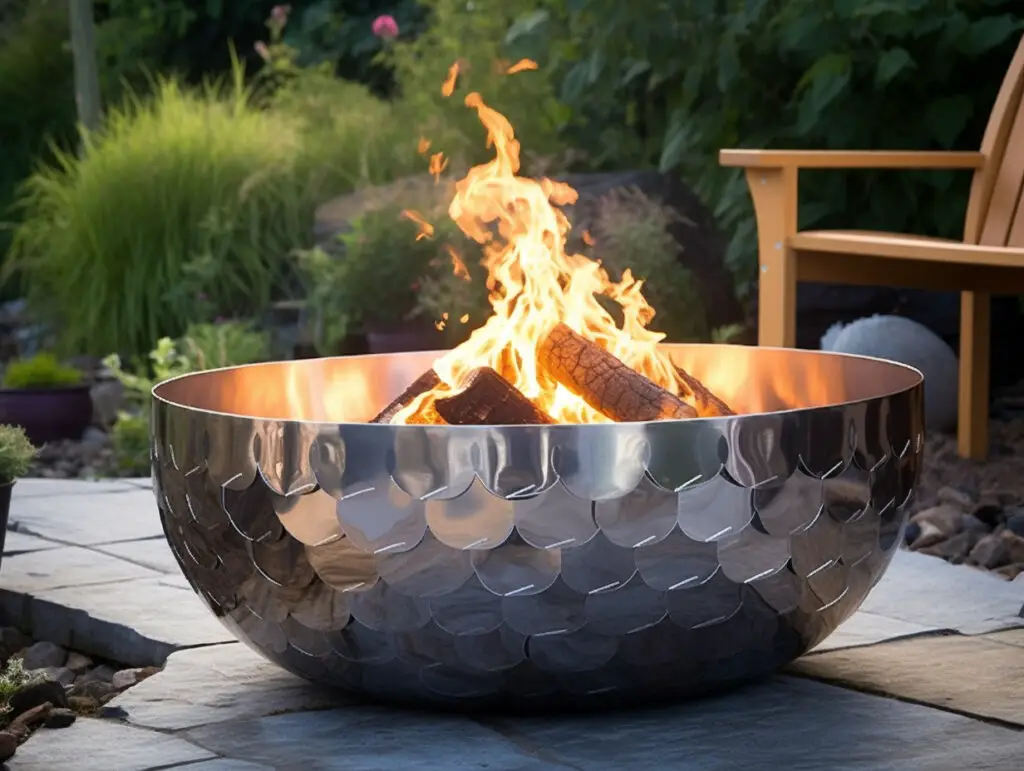
The fuel source for a smokeless fire pit is an important consideration for achieving maximum efficiency and heat output. In this section, we will discuss the types of wood and wood size that work best with smokeless fire pits.
Wood Types
When it comes to wood types, hardwoods are the best choice for smokeless fire pits. Hardwoods like oak, hickory, and maple burn hotter and longer than softwoods like pine and cedar. They also produce less smoke, making them ideal for smokeless fire pits.
Another important factor to consider is the moisture content of the wood. Dry wood burns more efficiently and produces less smoke than wet wood. It’s best to use seasoned wood that has been allowed to dry for at least six months.
Wood Size
The size of the wood you use in your smokeless fire pit is also important. Larger pieces of wood burn longer and produce more heat, but they can be harder to light. Smaller pieces of wood ignite more easily and burn faster, but they don’t produce as much heat.
A good rule of thumb is to use a mix of wood sizes. Start with smaller kindling to get the fire going, then add larger logs once the fire is established. This will ensure a steady heat output and minimize smoke.
In addition to the type and size of the wood, it’s important to properly stack the wood in the fire pit. A well-stacked fire will burn more efficiently and produce less smoke. Use a mix of small and large pieces of wood, and stack them loosely to allow for proper airflow.
Overall, choosing the right wood and properly stacking it in your smokeless fire pit will ensure maximum efficiency and heat output. It’s important to use dry, seasoned hardwoods and a mix of wood sizes for the best results.
Benefits of a Smokeless Fire Pit
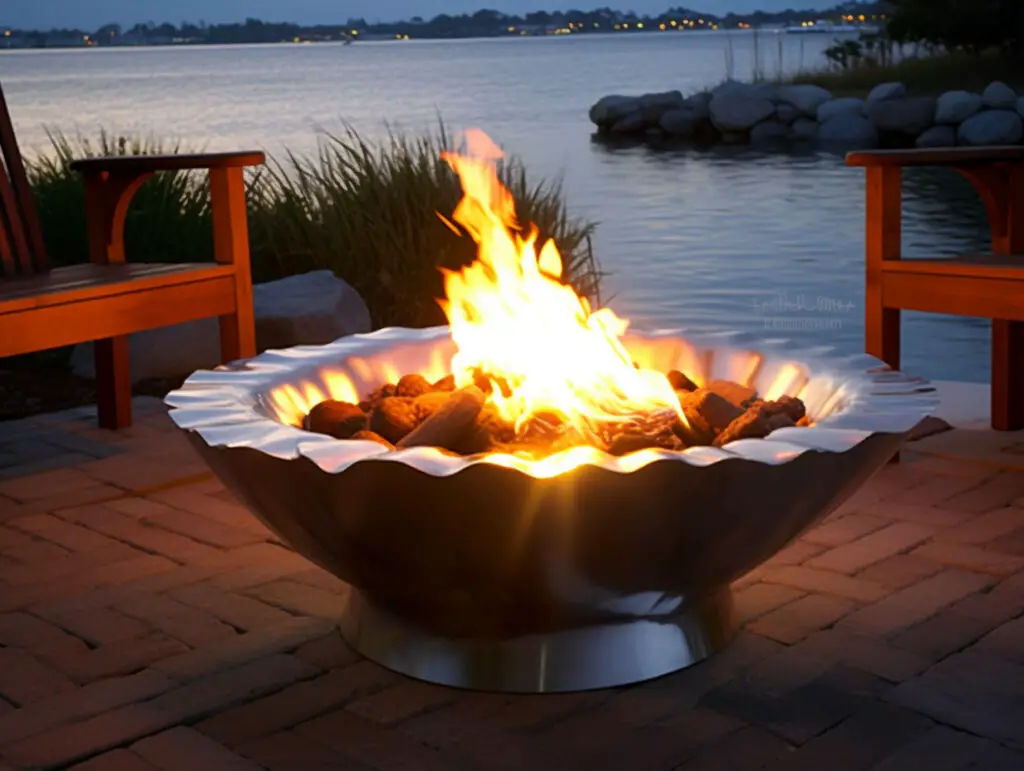
Smokeless fire pits are becoming increasingly popular, and for good reason. They offer numerous benefits over traditional fire pits, including increased efficiency and safety. In this section, we will discuss the main benefits of using a smokeless fire pit in your outdoor living area.
Efficiency
One of the biggest advantages of a smokeless fire pit is its efficiency. Unlike traditional fire pits, which produce a lot of smoke and heat that escapes into the air, smokeless fire pits are designed to burn fuel more efficiently. This means that you get more heat output with less fuel, making them a more cost-effective and eco-friendly option.
In addition, smokeless fire pits are designed to burn wood products completely and fully, with less buildup and ash. This makes them easier to clean and maintain, saving you time and effort in the long run.
Safety
Another major benefit of smokeless fire pits is their safety. Traditional fire pits can be dangerous, especially if you have children or pets around. Smokeless fire pits, on the other hand, are designed with safety in mind.
Because they produce less smoke and heat, they are less likely to cause burns or other injuries. In addition, many smokeless fire pits come with safety features such as spark screens and automatic shut-off switches, which help prevent accidents and keep you and your loved ones safe.
Overall, a smokeless fire pit is a great addition to any outdoor living area. They offer increased efficiency and safety, making them a cost-effective and eco-friendly option for anyone who loves spending time outdoors.
Conclusion
In conclusion, smokeless fire pits are highly efficient and virtually smoke-free burner that achieves this through the installation of an efficient airflow system at the base of the fire pit. Thanks to its secondary combustion mechanism, it can generate plenty of heat without sacrificing fuel efficiency. Any virtually smokeless smoke fire pit possesses double-walled convection.
Compared to conventional types, you get more heat output from the same amount of fuel. A smokeless fire pit burns solid fuel, such as wood logs, charcoal, or wood pellets. Many models can burn multiple fuels, but their airflow and clean-out are normally optimized for one specific type of fuel. You’ll have a minimum of headaches if you stick with the fuel the manufacturer recommends.
If the fire is burning above where the hot oxygen is distributed, the smoke from the top of the fire will escape before it can get burned off. The obvious solution is to not stack logs above the rim of the pit. A second mistake is not feeding enough logs into your fire. Since a cleaner burning fire only happens at very high heat, smokeless fire pits naturally burn very hot. This heat produces minimal smoke, smell, and debris, as well as being a wonderful addition to any backyard get together. You won’t have to worry about anyone being cold at your next outdoor event!
Overall, smokeless fire pits offer a great alternative to traditional fire pits. They are highly efficient, virtually smoke-free, and produce more heat output from the same amount of fuel. With their efficient airflow system and secondary combustion mechanism, they offer a cleaner burning fire that produces minimal smoke, smell, and debris.

![What Gravel To Use For Patio Base [Best Options]](https://www.cleverpatio.com/wp-content/uploads/2021/11/What-Gravel-To-Use-For-Patio-Base-270x180.jpg)
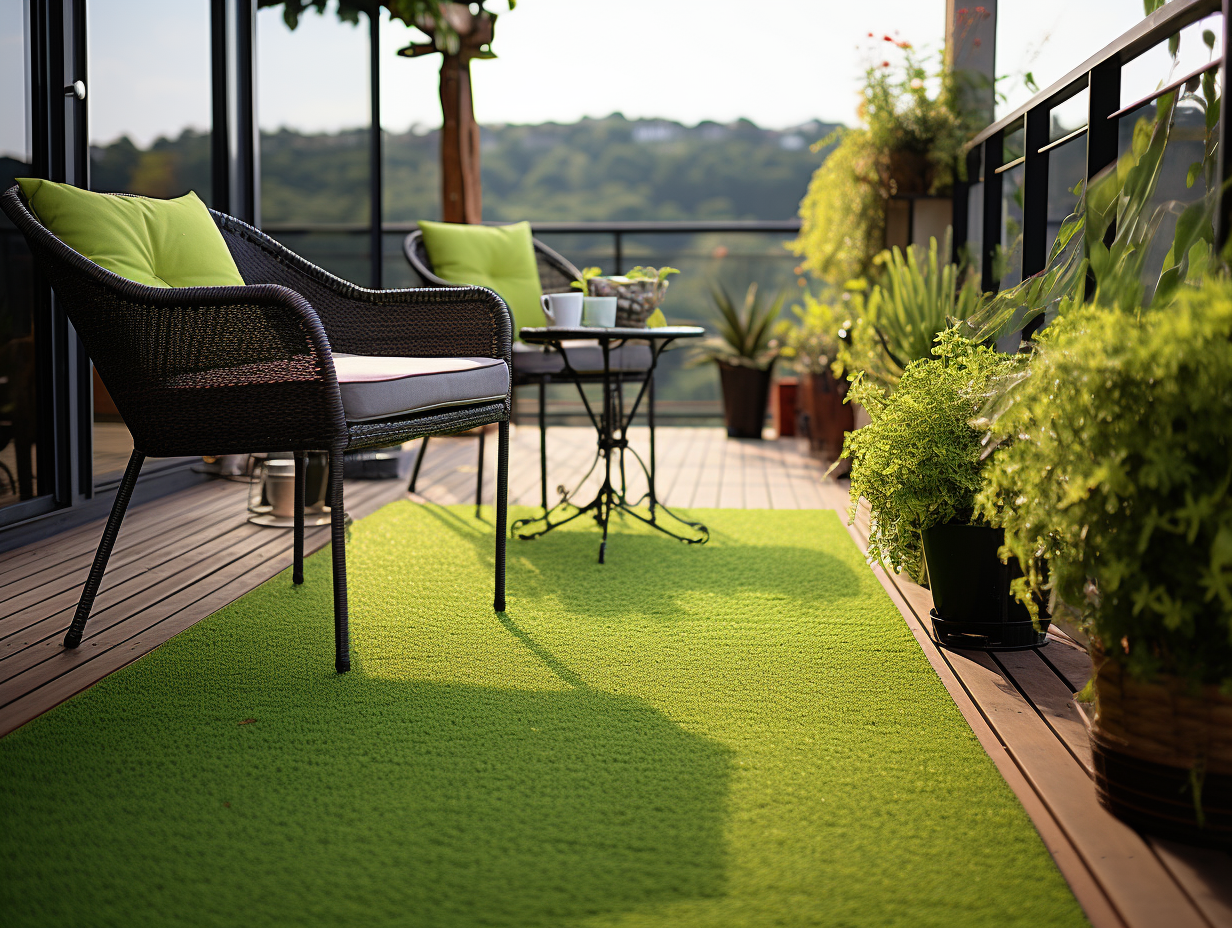
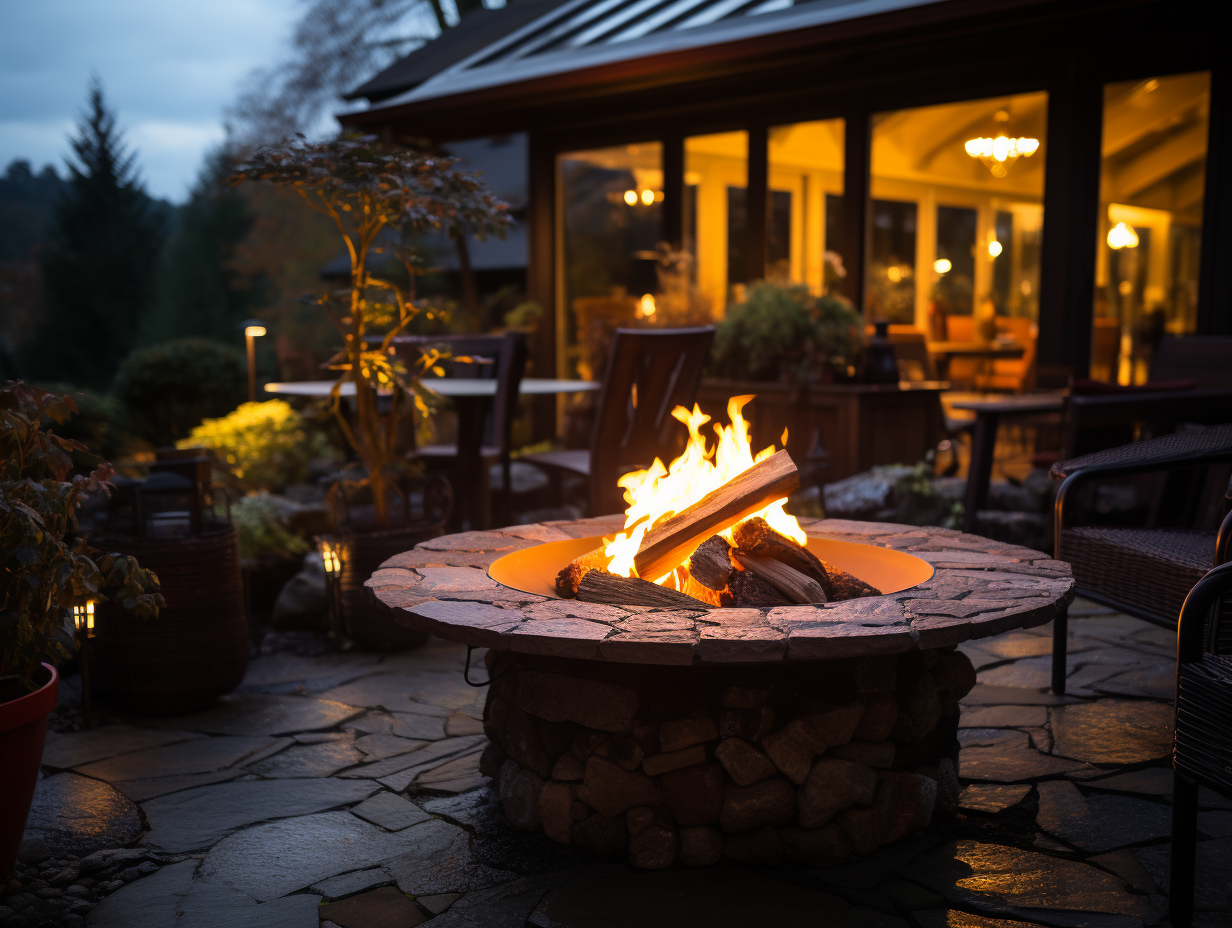

Leave a Reply